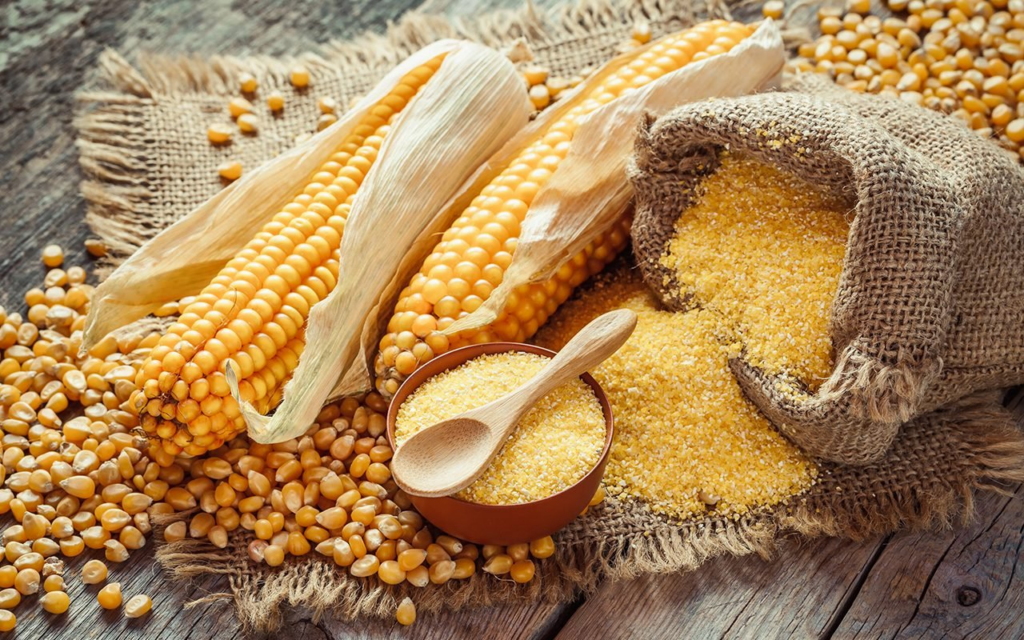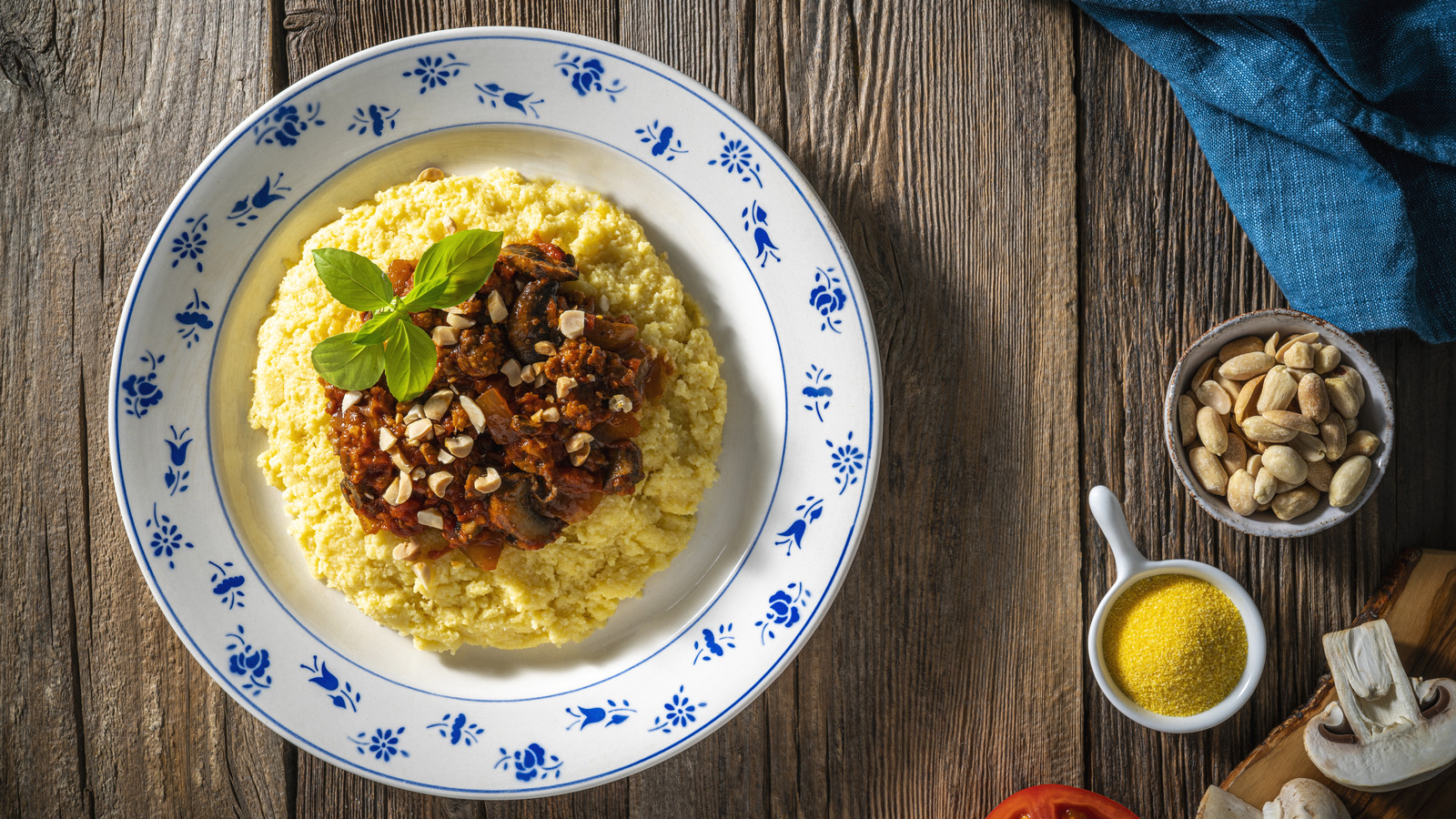When it comes to hearty, versatile dishes, polenta and grits hold special places in their respective culinary traditions. Both are humble, corn-based dishes that have evolved into comfort foods, yet they hail from vastly different regions: Italy and the Southern United States. While they may seem similar at first glance, polenta and grits have distinct differences that set them apart. Let’s break down their origins, textures, cooking methods, and flavors to see how they compare.
Origins: Europe vs. America
- Polenta has deep roots in Italian cuisine, specifically from the northern regions like Lombardy and Veneto. It dates back centuries, when it was made with a variety of grains, long before corn was introduced to Europe from the Americas. Modern polenta is made from yellow cornmeal, typically coarse ground, and is often served as a creamy dish or allowed to cool and solidify into slices for grilling or frying.
- Grits, on the other hand, are a Southern U.S. staple, particularly in states like Georgia, South Carolina, and Louisiana. This dish has Native American origins, with indigenous people grinding corn into a coarse meal to create what we now call grits. Over time, it became a beloved breakfast item and side dish, served with butter, cheese, or shrimp.

Texture and Grain
The most noticeable difference between polenta and grits lies in their texture and the type of corn used.
- Polenta is typically made from yellow corn, and the grind is generally coarser. This gives it a slightly grainy texture, even when cooked to a creamy consistency. Polenta’s firmer texture allows it to be molded into different shapes once it cools.
- Grits, on the other hand, are made from white corn (also called hominy) or yellow corn that has been treated with an alkali solution in a process called nixtamalization. The grind of grits can range from fine to coarse, but it tends to be finer than polenta, resulting in a smoother, silkier texture when cooked.
Flavor Differences
While both polenta and grits are neutral-tasting and easily absorb the flavors of whatever you cook them with, they do have subtle differences in taste.
- Polenta tends to have a more robust, earthy flavor due to the use of whole yellow corn. It’s commonly flavored with butter, cheese, and herbs, or served with savory meat sauces in Italy.
- Grits, especially those made from hominy, have a milder, sometimes slightly sweeter taste. Southern-style grits are often enriched with butter, cream, or cheese, making them decadent and rich.
Cooking Methods and Versatility
Both polenta and grits require time and patience to prepare, but they are cooked in slightly different ways.
- Polenta is traditionally slow-cooked over low heat, stirring frequently until it reaches a thick, porridge-like consistency. Once cooked, it can be served hot and creamy, or poured into a dish to cool and solidify before being sliced for grilling or frying.
- Grits are also cooked slowly but are often simmered with milk, cream, or water to achieve a smooth texture. They can be served as a breakfast porridge or as a savory side dish with shrimp, cheese, or gravy.
Both dishes are incredibly versatile, making them a blank canvas for adding ingredients like cheese, butter, meats, or vegetables. In the U.S. South, grits pair famously with shrimp, while polenta is often served alongside meats like braised short ribs or sausages in Italy.
Which Should You Choose?
The decision between polenta and grits ultimately depends on your preferences and the dish you’re making. If you’re looking for a more earthy, grainy texture, polenta might be the way to go. If you prefer a creamier, smoother consistency, grits will be your best bet. Both dishes are warm, comforting, and versatile, perfect for experimenting with different toppings and flavor combinations.
Conclusion: Two Corn Dishes, One Delicious Choice
At the end of the day, both polenta and grits offer a satisfying way to enjoy corn in a comforting, adaptable form. Whether you’re preparing a rustic Italian meal or a Southern-style breakfast, these dishes can easily steal the spotlight with their simplicity and heartiness. So, why not try them both and enjoy the best of both worlds?
Whether it’s polenta or grits, one thing is certain: corn-based comfort food is always a good idea.
